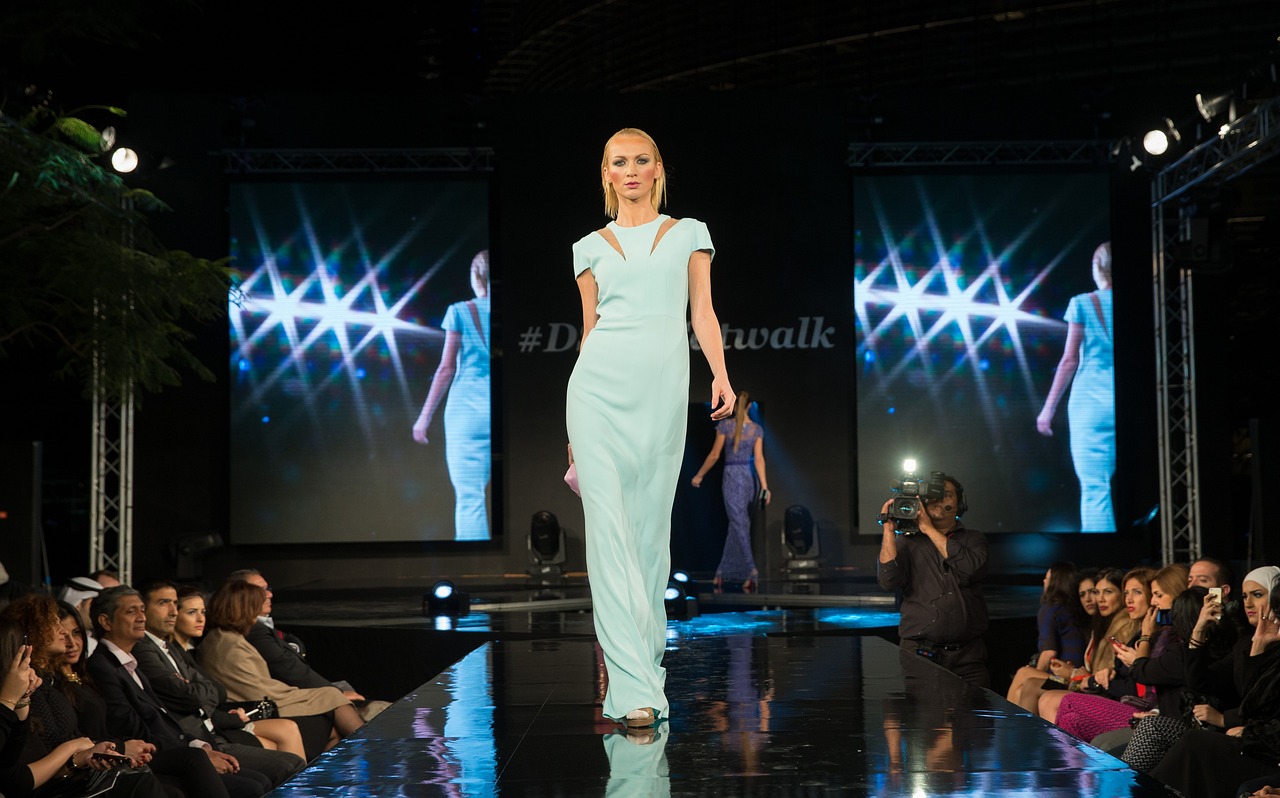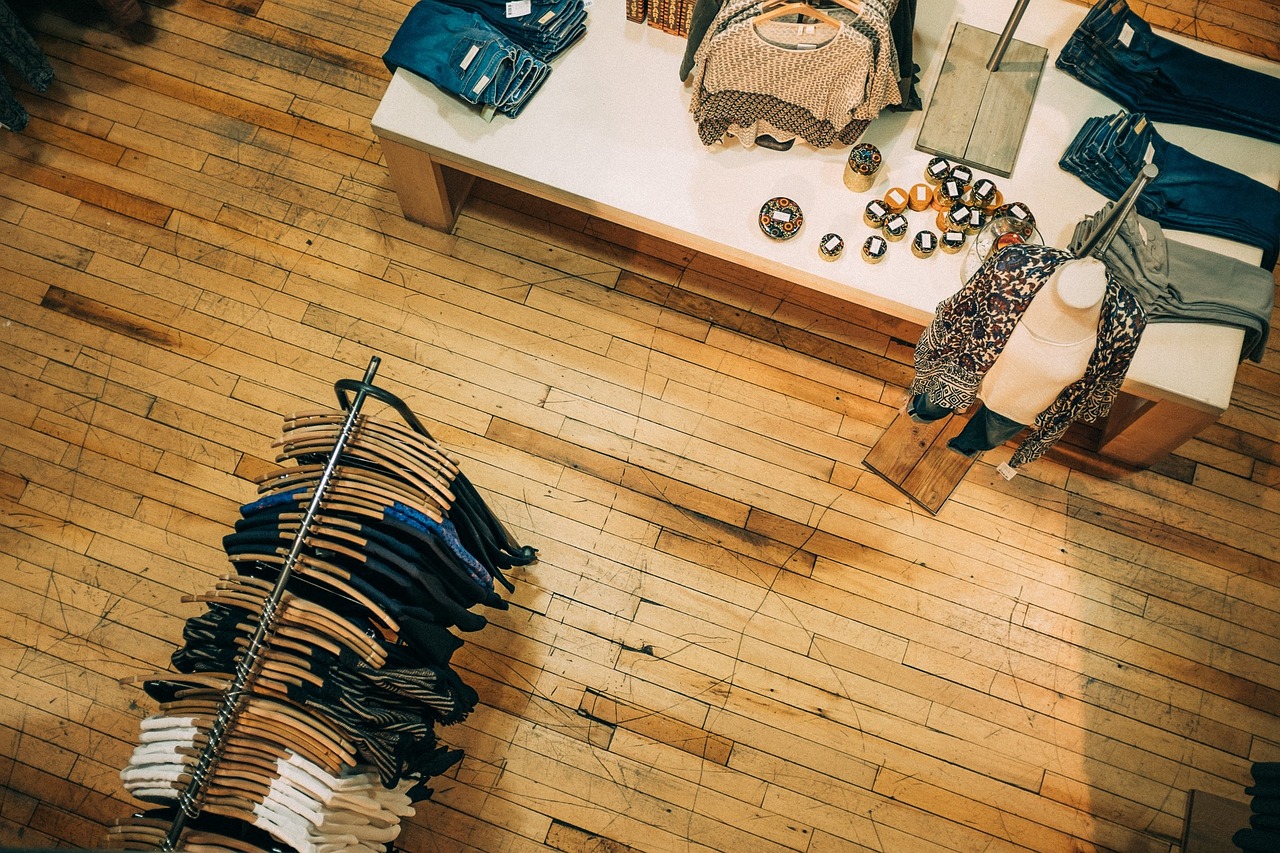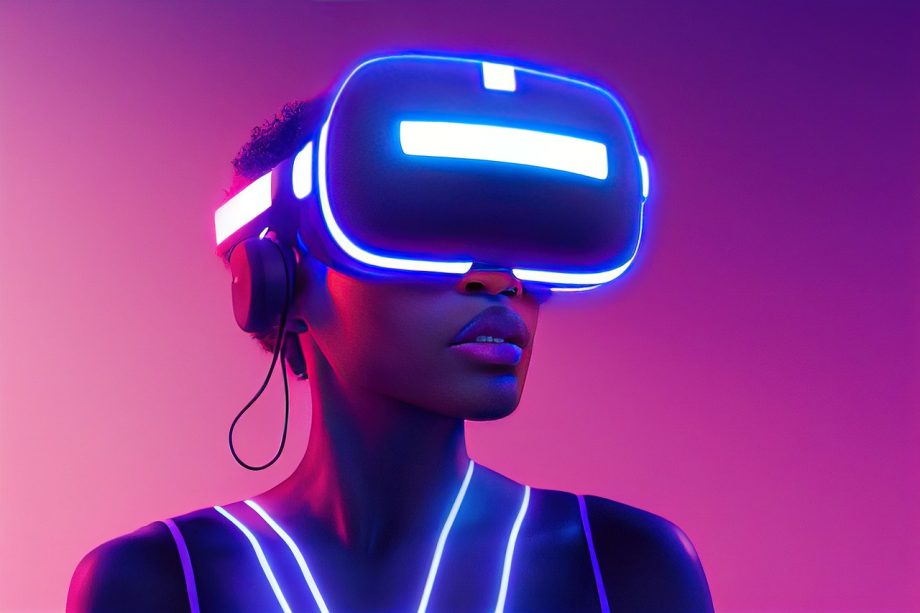Sustainability Becomes Mainstream
The fashion industry is undergoing a seismic shift towards sustainability. As consumers become increasingly environmentally conscious, brands are adapting their practices to meet these new demands. This transition is not just a passing trend but a fundamental restructuring of the industry’s core values and operations.
Eco-Friendly Materials
The use of sustainable materials in clothing production is rapidly gaining momentum. Brands are actively seeking alternatives to traditional, environmentally harmful fabrics.
- Recycled Polyester: Made from plastic bottles, reducing landfill waste
- Organic Cotton: Grown without harmful pesticides, preserving soil health
- Tencel: Derived from wood pulp, biodegradable and requires less water
- Hemp: Durable, versatile, and requires minimal water and pesticides
- Piñatex: A leather alternative made from pineapple leaf fibers
These materials not only reduce the industry’s carbon footprint but also appeal to eco-conscious consumers seeking sustainable fashion options.
Circular Fashion Economy
The circular fashion economy is revolutionizing the industry by focusing on recycling and reusing garments, moving away from the traditional linear model of “take-make-dispose.”
| Traditional Fashion Model | Circular Fashion Model |
|---|---|
| Single-use mentality | Emphasis on longevity and reuse |
| Disposal of unwanted items | Recycling and upcycling |
| Resource-intensive production | Efficient use of resources |
| Limited product lifespan | Extended product lifecycle |
| Focus on quantity | Focus on quality and durability |
This shift towards circularity is not only environmentally beneficial but also presents new business opportunities and challenges for brands to innovate their products and services.
Digital and Augmented Reality Integration
Technology is rapidly transforming the fashion landscape, with digital and augmented reality (AR) at the forefront of this revolution. These innovations are reshaping how consumers interact with fashion, from the shopping experience to product visualization.
Virtual Fitting Rooms
Virtual fitting rooms are revolutionizing online shopping, addressing one of e-commerce’s biggest challenges: fit uncertainty.
Benefits of virtual fitting rooms include:
- Reduced return rates
- Increased customer satisfaction
- Enhanced online shopping experience
- Time-saving for consumers
- Improved size accuracy
These digital solutions use AR technology to allow customers to “try on” clothing virtually, providing a more accurate representation of fit and style before purchase.
Virtual Fashion Shows
The emergence of virtual fashion shows is transforming how brands showcase their collections and interact with audiences worldwide.
| Advantages | Challenges |
|---|---|
| Global accessibility | Replicating physical show atmosphere |
| Cost-effective | Technical limitations |
| Environmentally friendly | Maintaining brand exclusivity |
| Innovative presentation formats | Ensuring viewer engagement |
| Data collection opportunities | Overcoming digital fatigue |
Virtual fashion shows offer brands the ability to reach a wider audience while reducing their carbon footprint, paving the way for more sustainable and inclusive industry practices.
Personalized and Customizable Fashion

The future of fashion lies in personalization and customization. Consumers are increasingly seeking unique pieces that reflect their individual style and preferences, driving brands to offer more bespoke options.
Bespoke Shopping Experiences
Artificial Intelligence (AI) is revolutionizing the shopping experience by creating hyper-personalized recommendations and experiences for consumers.
Technologies enabling customization include:
- 3D printing for custom accessories and footwear
- Body scanning for perfect-fit garments
- AI-powered style recommendations
- Virtual try-on technology
- Made-to-order production systems
These advancements allow for a level of personalization previously unavailable in mass-market fashion, catering to individual tastes and body types.
Direct-to-Consumer Models
Direct-to-consumer (DTC) brands are disrupting traditional retail models by offering bespoke products directly to their customers.
| Benefits for Brands | Benefits for Consumers |
|---|---|
| Higher profit margins | Lower prices |
| Direct customer relationships | Personalized products |
| Faster market response | Transparent production processes |
| Data-driven decision making | Unique, limited edition items |
| Brand control and authenticity | Direct communication with brands |
This model allows for greater flexibility in product offerings and faster response to consumer trends, fostering a closer relationship between brands and their customers.
Rise of Smart and Wearable Technology
The integration of smart technology into clothing and accessories is set to redefine the functionality of fashion. This merger of technology and apparel is creating a new category of products that go beyond mere aesthetics.
Health and Fitness Monitoring
Smart clothing equipped with sensors and monitoring capabilities is revolutionizing personal health management.
Examples of smart clothing items include:
- Compression shirts with heart rate and respiratory monitors
- Smart socks that track foot pressure and running form
- Yoga pants with built-in haptic feedback for pose correction
- Smart jackets with built-in heating elements
- UV-sensing swimwear to prevent overexposure to sun
These innovations are blurring the lines between fashion and health technology, offering consumers practical benefits beyond style.
Connectivity and Convenience
Wearable technology is enhancing our daily lives by seamlessly integrating connectivity and convenience into our wardrobes.
| Feature | Traditional Clothing | Smart Clothing |
|---|---|---|
| Functionality | Basic protection and style | Enhanced with technology |
| Connectivity | None | Bluetooth, Wi-Fi enabled |
| Data Collection | None | Health and activity tracking |
| Adaptability | Static | Responsive to environment |
| User Interaction | Passive | Active and engaging |
From jackets with built-in smartphone controls to shoes that can guide you through GPS navigation, smart clothing is set to transform how we interact with our environment and technology.
Gender-Neutral and Inclusive Fashion

The fashion industry is embracing a more inclusive approach, moving away from traditional gender norms and towards designs that cater to all individuals, regardless of gender identity.
Unisex Collections
Major brands are launching gender-neutral clothing lines, responding to changing consumer attitudes and a growing demand for inclusive fashion options.
Leading brands with notable unisex collections:
- Gucci’s “MX” line
- Louis Vuitton’s unisex fragrances
- Zara’s “Ungendered” collection
- H&M’s “Denim United” line
- Selfridges’ “Agender” concept
These collections focus on versatile designs that can be worn by anyone, challenging traditional gender-based fashion norms.
Diverse Representation
Inclusive representation in fashion campaigns is becoming increasingly important, reflecting the diversity of consumers and promoting body positivity.
| Impact Area | Effect of Inclusive Representation |
|---|---|
| Brand Perception | Improved brand image and relatability |
| Consumer Loyalty | Increased customer retention and advocacy |
| Market Reach | Expanded customer base and market share |
| Social Responsibility | Enhanced reputation for social awareness |
| Product Development | Improved design for diverse body types |
By embracing diversity in their marketing and product offerings, brands are not only meeting ethical standards but also tapping into new market segments and fostering stronger connections with their customers.
Influence of Social Media and Digital Influencers
Social media platforms continue to play a pivotal role in shaping fashion trends and consumer behavior. The rise of digital influencers has created new channels for brand promotion and trend dissemination.
Digital Influencers
Digital fashion influencers have become powerful voices in the industry, often rivaling traditional fashion authorities in terms of reach and impact.
Strategies for brands to collaborate with influencers:
- Co-designed capsule collections
- Exclusive product launches
- Behind-the-scenes content creation
- Sponsored fashion hauls and reviews
- Virtual fashion shows and events featuring influencers
These collaborations allow brands to leverage influencers’ engaged audiences and authentic voices to promote their products and values.
Social Media Platforms
Platforms like Instagram and TikTok have become essential tools for fashion brands to connect with consumers and drive trends.
| Platform | Key Strategies for Fashion Brands |
|---|---|
| Shoppable posts, Stories, Reels for product showcases | |
| TikTok | Viral challenges, behind-the-scenes content |
| Inspirational boards, trend forecasting | |
| YouTube | In-depth product reviews, styling tutorials |
| Real-time engagement, fashion week coverage |
By effectively utilizing these platforms, brands can create immersive digital experiences, foster community engagement, and drive sales through social commerce features.
Conclusion
The fashion industry is poised for significant transformation over the next decade, driven by technological innovations, sustainability imperatives, and evolving consumer values. Key trends and predictions include:
- Sustainability becoming a core industry principle
- Widespread adoption of digital and AR technologies
- Increasing demand for personalized and customizable fashion
- Integration of smart and wearable technology into everyday clothing
- Growing emphasis on gender-neutral and inclusive design
- Continued influence of social media and digital influencers on fashion trends
As the industry evolves, brands that embrace these changes and innovate accordingly will be best positioned to thrive in the dynamic fashion landscape of the future.
For more information on sustainable fashion practices, visit the Ellen MacArthur Foundation’s Fashion Initiative. To explore the latest in fashion technology, check out the Fashion Innovation Agency at the London College of Fashion.

